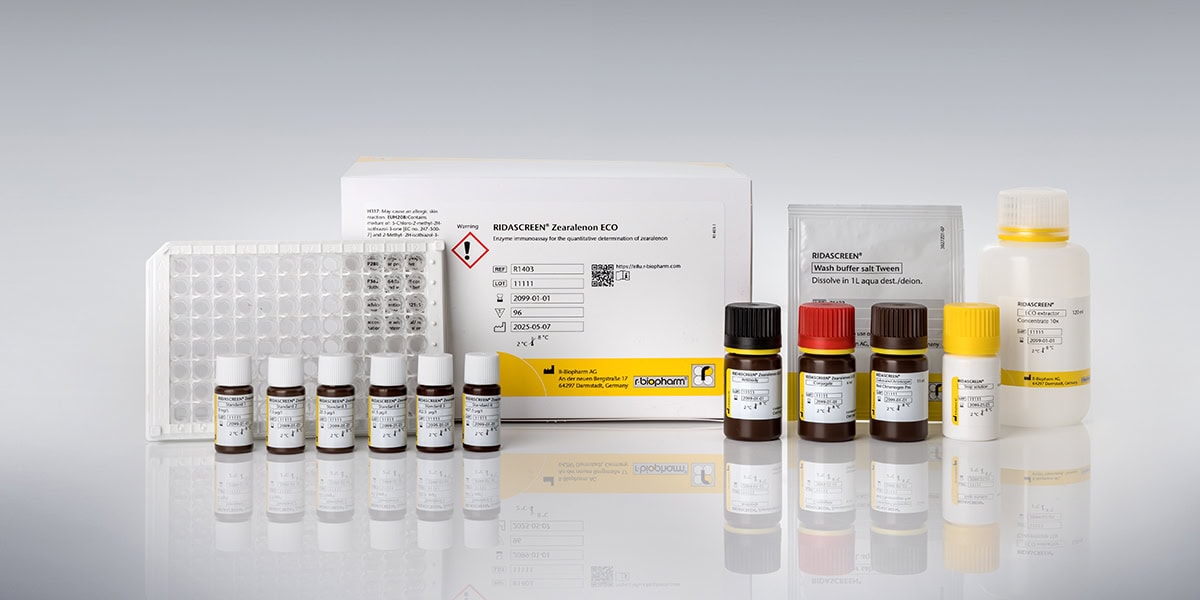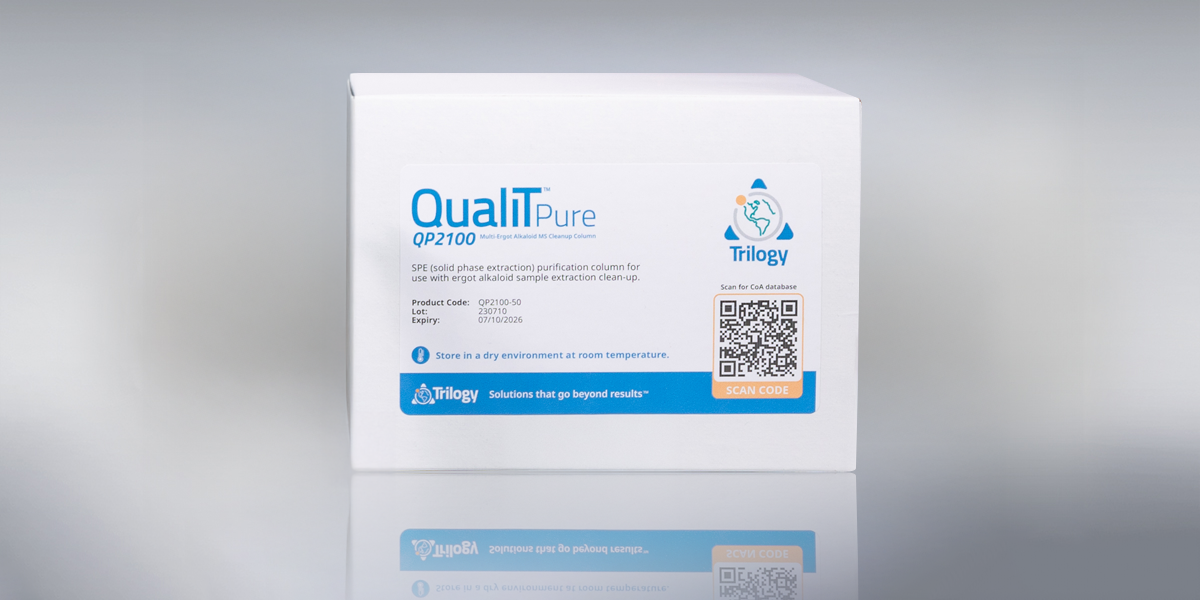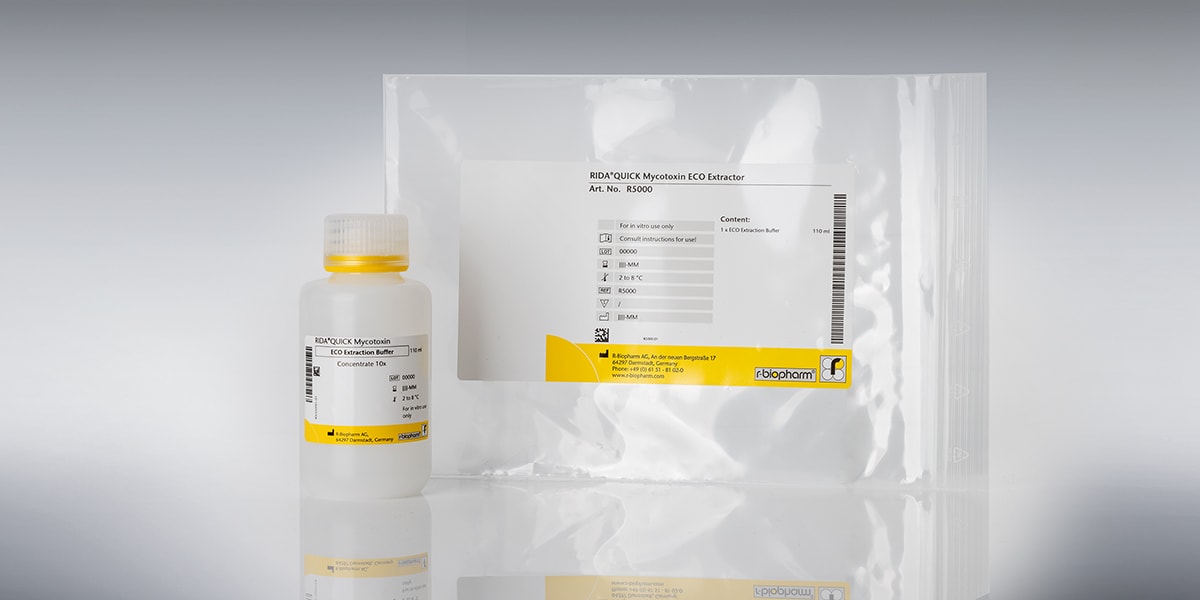
Recent news in Food & Feed Analysis
- Home
- /
- Beware of mycotoxins in...
Beware of mycotoxins in oats

Consumption of oats in North America and Europe has been increasing for several years now. With their high content of vitamins, minerals and fiber, they are a valuable addition to the diet. But they may also contain dangerous mycotoxins.
Oats are of high importance for the global animal feed industry. They are also becoming more popular again for human consumption in recent years, for example in the form of oatmeal, porridge, oat bran, cereals, cookies, bakery products or drinks. Quality therefore plays an even more important role now. Some quality criteria, such as color, taste, weight, peelability or hull content, can be easily identified and influenced by selecting a specific oat variety. Other properties, such as the mycotoxin content, can only be determined by analytical tests.
Mycotoxins are natural metabolites of molds which may contaminate a variety of foodstuffs, particularly cereals. It is estimated that one quarter of the worldwide food produce is contaminated with mycotoxins, resulting not only in loss of earnings, but also representing a health risk for humans and animals. Mycotoxins can have carcinogenic, neurotoxic, immunosuppressive, mutagenic, teratogenic, hepatotoxic or nephrotoxic effects, even in low quantities.
Although oats are generally considered as relatively resistant to grain pests, they are not resistant to mycotoxins. Fusarium toxins T-2 and HT-2 are most common in oats, followed by deoxynivalenol (DON) and zearalenone (ZEA). In recent years, high levels of T-2 and HT-2 toxin have been found regularly in oats, particularly in Northern Europe. In addition, there was an alert by RASFF about ochratoxin A in organic oats from the Czech Republic last year.
Legal regulation
Because of their toxic effects, the most relevant mycotoxins are regulated by law. The following table provides an overview of the EU limit values according to Regulation (EC) No. 1881/2006. For T-2 and HT-2 toxin, no limit values are defined, but only reference values.
| Mycotoxin | Food | Maximum level |
|---|---|---|
| Deoxynivalenol | Unprocessed oats | 1750 μg/kg |
| Cereal flour, meal, bran or germ | 750 μg/kg | |
| Bread, pastries, biscuits, cereal snacks and breakfast cereals | 500 μg/kg | |
| Zearalenone | Unprocessed cereals | 100 μg/kg |
| Cereal flour, meal, bran or germ | 75 μg/kg | |
| Bread, pastries, biscuits, cereal snacks and breakfast cereals | 50 μg/kg | |
| T-2 and HT-2 toxin | Unprocessed oats | 1000 μg/kg (reference value) |
| Oat grains for direct human consumption | 200 μg/kg (reference value) | |
| Oat bran and flakes | 200 μg/kg (reference value) | |
| Oat flour products | 2000 μg/kg (reference value) |



